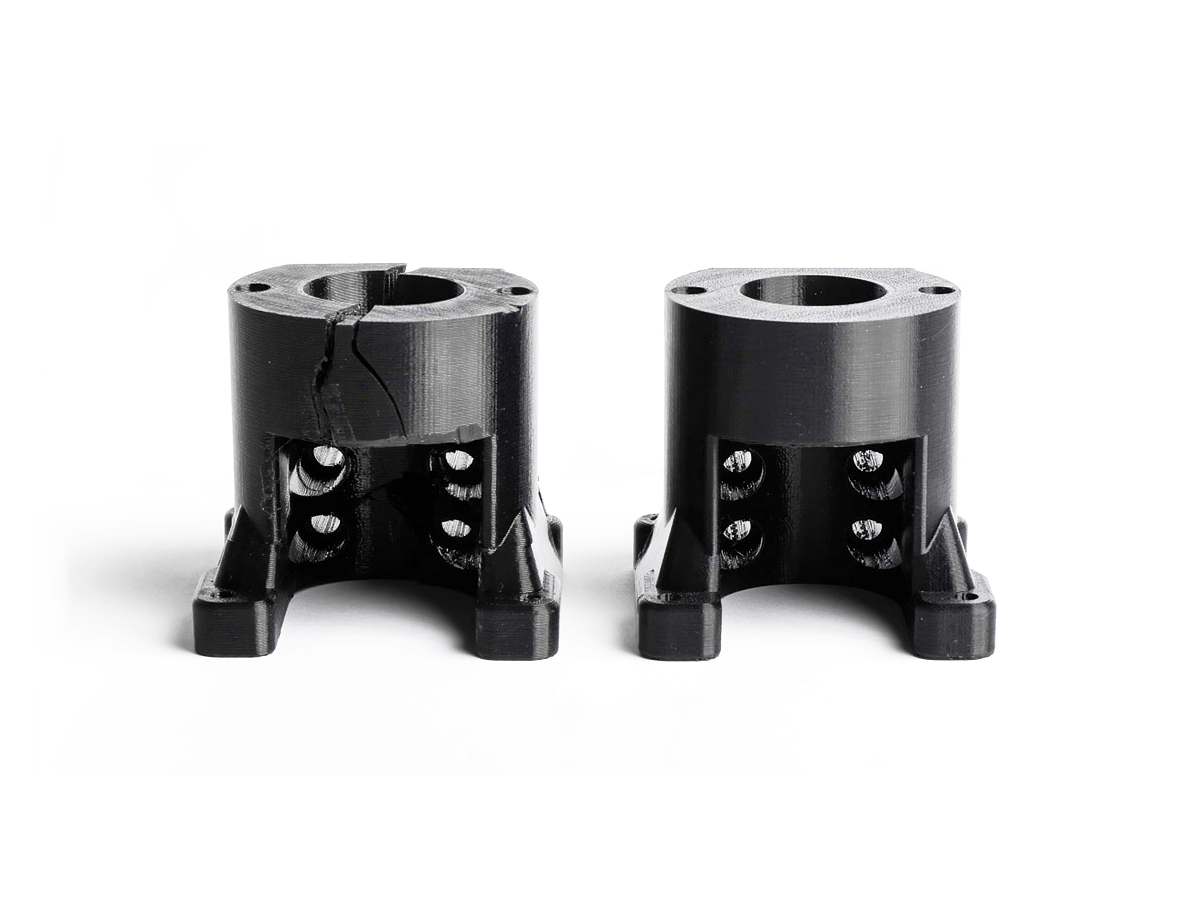Fast Flexible And Functional Rapid Plastic 3D Printing Accelerating Prototyping Breakthroughs
Introduction
Plastic 3D printing empowers industries to achieve faster, more flexible, and highly functional product development by accelerating prototyping cycles. Utilizing advanced plastic 3D printing technologies like Fused Deposition Modeling (FDM), Multi Jet Fusion (MJF), and Stereolithography (SLA), high-performance plastic materials such as PLA, ABS, and Nylon (PA) deliver unmatched speed, design flexibility, and functional performance for early-stage product validation.
Compared to traditional prototyping methods, plastic 3D printing for rapid prototyping reduces lead times from weeks to days, lowers costs, and enables complex geometries that speed up design verification and innovation.
Applicable Material Matrix
Material | Tensile Strength (MPa) | Flexibility | Surface Finish | Typical Use in Prototyping |
|---|---|---|---|---|
50–70 | Low | Good | Concept models, early design validation | |
30–50 | Moderate | Good | Functional prototypes, housings | |
50–80 | High | Very Good | Durable moving parts, mechanical testing | |
45–50 | Moderate | Very Good | Semi-functional visual prototypes | |
50–70 | Low | Excellent | Precision models, aesthetic prototypes |
Material Selection Guide
PLA: Cost-effective and fast to print, PLA is the ideal material for creating concept models and early-stage design studies that don't require mechanical durability.
ABS: Offers a balance of toughness and ease of finishing, suitable for functional prototypes, snap-fits, and rugged enclosures.
Nylon (PA): Highly durable and flexible, Nylon is perfect for mechanically tested parts, moving assemblies, and high-stress functional prototypes.
PETG: Provides a strong, impact-resistant, and slightly flexible alternative to ABS, ideal for semi-transparent or moderately loaded functional parts.
High-Detail Resin (SLA): Produces ultra-smooth surfaces and fine features, which are excellent for prototypes that require aesthetic evaluation or assembly fit testing.
Process Performance Matrix
Attribute | Plastic 3D Printing Performance |
|---|---|
Dimensional Accuracy | ±0.05–0.1 mm |
Surface Roughness (As-Printed) | Ra 5–15 μm |
Layer Thickness | 50–150 μm |
Minimum Wall Thickness | 0.8–1.5 mm |
Feature Size Resolution | 300–600 μm |
Process Selection Guide
Faster Iteration Cycles: 3D printed plastic prototypes can be produced in hours instead of days, enabling multiple design revisions before final tooling.
Functional Testing Capability: Engineering plastics like Nylon and ABS allow functional prototypes to undergo real-world testing for form, fit, and function.
Complex Geometry Realization: 3D printing supports intricate internal structures, undercuts, lattice reinforcements, and complex ergonomics without complex tooling.
Cost-Efficiency for Small Batches: Perfect for producing 1–100 prototype parts without expensive mold investments, making it ideal for startups and R&D teams.
Case In-Depth Analysis: Nylon 3D Printed Rapid Functional Prototypes for Wearable Electronics
A wearable technology startup needed rapid prototyping of flexible enclosures and mechanical fasteners for its next-generation fitness device. Using our plastic 3D printing service with Nylon (PA), we delivered durable, dimensionally accurate parts within 48 hours. The lightweight prototypes passed mechanical fatigue tests and assembly trials, accelerating time-to-market by 30%. Post-processing included surface finishing and dyeing for aesthetic validation.
Industry Applications
Consumer Electronics
Enclosures, brackets, and snap-fit prototypes for wearables, smartphones, and smart home devices.
Automotive and Transportation
Prototype interior components, dashboard assemblies, and mechanical fittings.
Medical Devices
Diagnostic device housings, surgical tool prototypes, and ergonomic medical instruments.
Industrial Equipment
Functional prototypes for machine parts, jigs, fixtures, and tooling validation.
Mainstream 3D Printing Technology Types for Rapid Plastic Prototyping
Fused Deposition Modeling (FDM): Best for fast, cost-effective production of functional and concept prototypes.
Multi Jet Fusion (MJF): Ideal for high-strength, consistent, and scalable functional prototypes.
Stereolithography (SLA): Suitable for precision, high-detail visual and functional models.
FAQs
What plastic materials are best for 3D printed functional prototypes?
How does plastic 3D printing speed up prototyping and product development?
Can 3D printed plastic prototypes be used for real-world mechanical testing?
What post-processing methods enhance the finish of plastic 3D printed prototypes?
How does plastic 3D printing reduce costs in early-stage product innovation?

